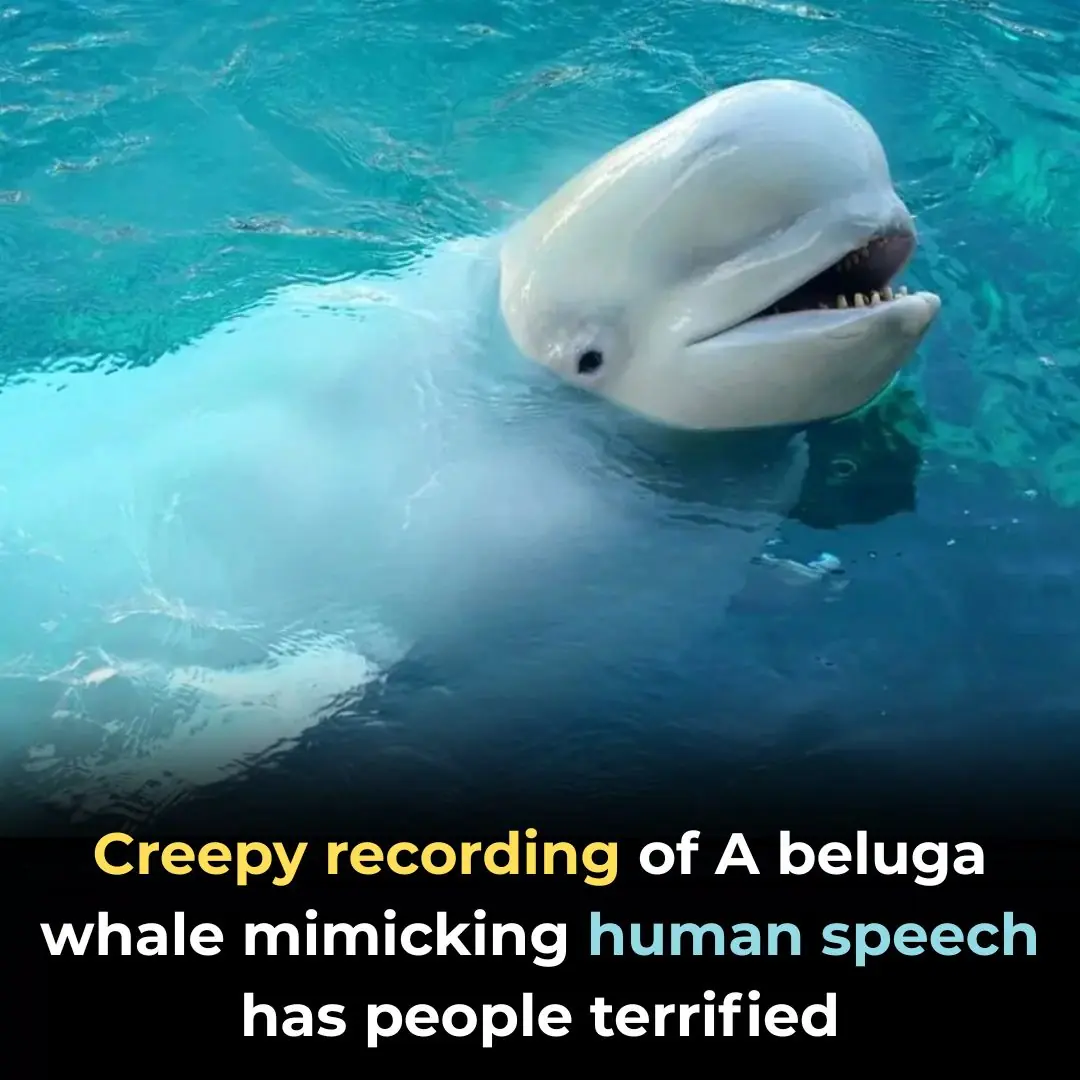
Over 99% of peer-reviewed studies confirm climate change is real and driven by humans

The Climate Crisis: From Scientific Consensus to Collective Responsibility
The climate crisis is no longer a fringe issue or a topic up for debate—it is an undeniable scientific reality. Decades of rigorous research across disciplines and continents have converged on the same conclusion: the planet is warming, and human activities are the dominant cause. A comprehensive analysis of nearly 90,000 climate-related studies published between 2012 and 2020 confirms that more than 99.9% of peer-reviewed papers support this position. This level of agreement is comparable to the scientific consensus on gravity or the theory of evolution. It is one of the most robust findings in the history of science.
Yet despite this overwhelming agreement among scientists, public perception continues to lag behind. Many people remain under the false impression that significant disagreement still exists within the scientific community. This disconnect is not just a matter of miscommunication—it has far-reaching consequences. It affects policy decisions, political will, and the pace at which societies mobilize to respond to the climate emergency. Misinformation and manufactured doubt have been powerful tools used to delay climate action, enabling industries and governments to avoid or postpone critical changes.
The recent Cornell University study serves as a powerful corrective to such misinformation. It reaffirms that the time for debating the cause of climate change has passed. What remains is a profound and urgent challenge: how will societies adapt, mitigate, and build resilience in the face of escalating environmental disruption?
Understanding the Power of Consensus
Scientific consensus is not merely an academic statistic—it is a moral and strategic call to action. When virtually every expert in a field reaches agreement, the discussion must evolve. It is no longer a question of if something is happening, but what we’re going to do about it. This shift fundamentally changes the stakes of every climate-related conversation—from global negotiations to local town hall meetings, and even personal conversations over the dinner table.
For individuals, understanding the consensus brings clarity and direction. It sharpens the moral imperative to reduce carbon footprints, support sustainable policies, and demand accountability from leaders and corporations. For institutions and governments, it raises the bar for climate action and demands an urgent reevaluation of current systems, investments, and priorities. The clarity of the science is not just a confirmation of risk—it’s a mandate for response.
What the Study Revealed
Researchers at Cornell University analyzed over 88,000 English-language climate papers published over an eight-year period. Their goal was to assess whether skepticism about human-caused climate change still had any real presence in scientific literature. In a carefully selected random sample of 3,000 papers, only four rejected the idea that human activities are the main driver of global warming. Even after using machine learning algorithms to scan the entire corpus for keywords associated with climate skepticism, only 28 papers were found to contradict the consensus—and most of these came from marginal journals with minimal scientific influence.
These findings push the level of scientific agreement beyond even earlier studies that had already identified overwhelming consensus. Previous assessments, such as the well-known 2013 Cook study, estimated agreement at around 97%. But the Cornell analysis demonstrates that this number has only grown stronger with time. As climate science advances, tools for attribution and modeling have improved, making the link between human activities—especially the burning of fossil fuels—and global warming nearly irrefutable.
The review’s methodology further strengthens its conclusions. By combining human oversight with machine-learning tools, researchers were able to cast an exceptionally wide and unbiased net across climate literature. The near-absence of dissenting studies illustrates not just agreement, but the near-total isolation of climate denial within credible academic discourse. This is not merely majority opinion—it’s near-universal consensus.
Why This Consensus Matters
Consensus in science is not just about numerical agreement—it’s about establishing a common ground of understanding that can serve as the basis for action. The stronger the agreement among experts, the more difficult it becomes for policymakers to justify inaction or delay. When over 99.9% of the global scientific community agrees on a threat as serious as climate change, continued debate over its existence is not only unproductive—it’s dangerous.
And yet, the perception gap persists. In countries like the United States, many citizens still believe there is widespread disagreement among scientists. This false belief is the legacy of decades-long misinformation campaigns, politically motivated narratives, and uneven media coverage that gave disproportionate attention to a small minority of dissenters. The result is a public that remains confused or disengaged at a moment when engagement is critical.
This gap between science and public understanding has concrete effects. It undermines support for ambitious climate policies, weakens pressure on elected officials, and slows progress at a time when speed is essential. The Cornell study is more than an academic exercise—it’s a wake-up call. The science is settled. What remains is whether governments, institutions, and individuals have the courage to act.
Real-World Impacts of Human-Caused Climate Change
The effects of anthropogenic climate change are not abstract projections—they are happening now, in real time, with consequences that touch every corner of the globe. From Europe to Asia, from North America to the Pacific Islands, communities are grappling with more frequent and more intense extreme weather events: deadly heatwaves, destructive hurricanes, historic floods, and devastating wildfires.
Advanced attribution science now allows researchers to draw direct connections between many of these events and human-caused greenhouse gas emissions. For instance, studies have shown that recent heatwaves in Europe would have been virtually impossible without climate change. This ability to link human activity to specific disasters changes how we understand responsibility and risk.
The melting of glaciers and polar ice caps is another stark signal. Ice loss in Greenland and Antarctica is accelerating, contributing to rising sea levels that threaten coastal cities and entire island nations. As the ice disappears, so does the Earth’s natural reflectivity—a phenomenon known as the albedo effect—which in turn accelerates warming in a dangerous feedback loop. These changes threaten not only ecosystems but also human infrastructure, drinking water supplies, and the homes of millions.
Meanwhile, the world’s oceans—our largest carbon sink—are absorbing vast amounts of heat and CO₂, leading to both warming and acidification. This double stress threatens marine biodiversity, from coral reefs to shellfish, and jeopardizes the livelihoods of communities that depend on fishing and tourism. Agricultural systems are also under threat from changing precipitation patterns, soil degradation, and temperature extremes. The combined effect is a world already reshaped by human influence, and it is the most vulnerable—often the least responsible—who are suffering most.
Caveats, Complexities, and Remaining Questions
While the consensus on human causation is nearly total, it’s important to acknowledge the complexity of climate science. Not every climate study explicitly addresses causation—many focus on impacts, modeling, or mitigation. Neutrality in a specific paper does not indicate disagreement; rather, it reflects the diversity of research topics within the field.
Legitimate debate within the scientific community now centers on the details: how fast will certain impacts unfold? What are the most likely regional effects? How will feedback mechanisms—such as permafrost melt or forest dieback—amplify or dampen warming trends? These are not arguments about whether climate change is happening, but about how best to prepare for its consequences.
Additionally, public skepticism is often less about misunderstanding the science and more about psychological, cultural, or ideological resistance. Climate change challenges worldviews, economic interests, and social norms, making it a deeply human issue as much as a scientific one. This underscores the need for climate communication that connects not only with data but also with values, stories, and shared experiences.
From Knowledge to Action: A Call for Courage
If scientific consensus is no longer in doubt, the real challenge lies in turning knowledge into action. On the individual level, this means adopting sustainable behaviors, voting for climate-conscious leaders, and supporting policies that prioritize renewable energy, conservation, and climate justice. But personal choices alone are not enough. Systemic change—through laws, industry practices, and international cooperation—is critical.
Importantly, climate change is also an issue of equity. Those who contribute least to the problem often bear the heaviest burdens. From low-lying nations facing existential threats to marginalized urban communities disproportionately exposed to pollution and heat, justice must be at the core of the climate response. Building a sustainable future means building a fairer one, where resilience and opportunity are shared across borders and generations.
The Cornell study is more than confirmation—it is a challenge. The scientific community has spoken with rare unanimity. Now the question is whether humanity will listen, and whether we will act in time.
Consensus is not the end of the conversation—it is the beginning of responsibility. It is a foundation for urgency, but also for hope. With clarity comes the chance to innovate, to lead, and to imagine a future that is not just survivable, but thriving—for all.
News in the same category

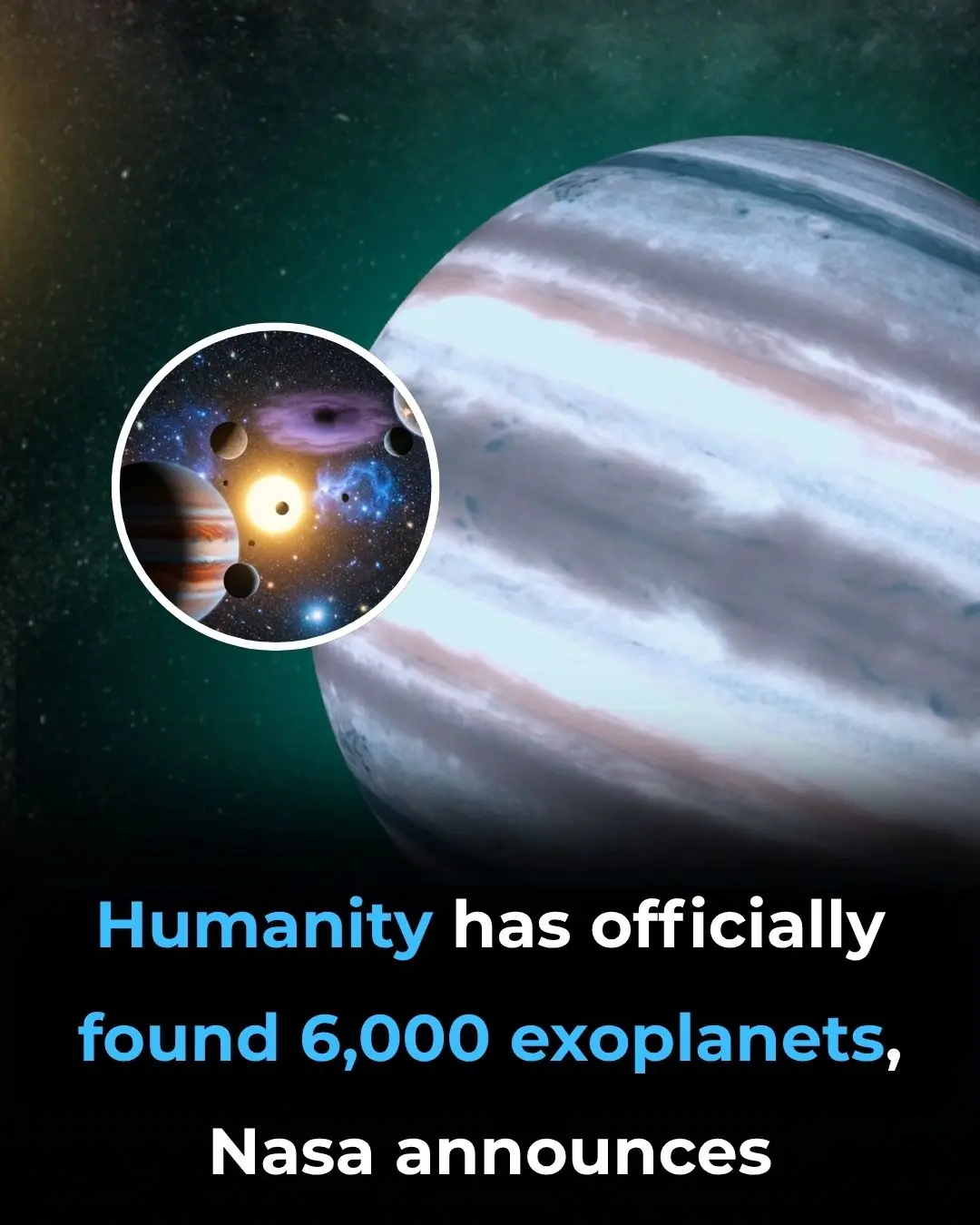
Humanity Has Officially Found 6,000 Exoplanets, NASA Announces
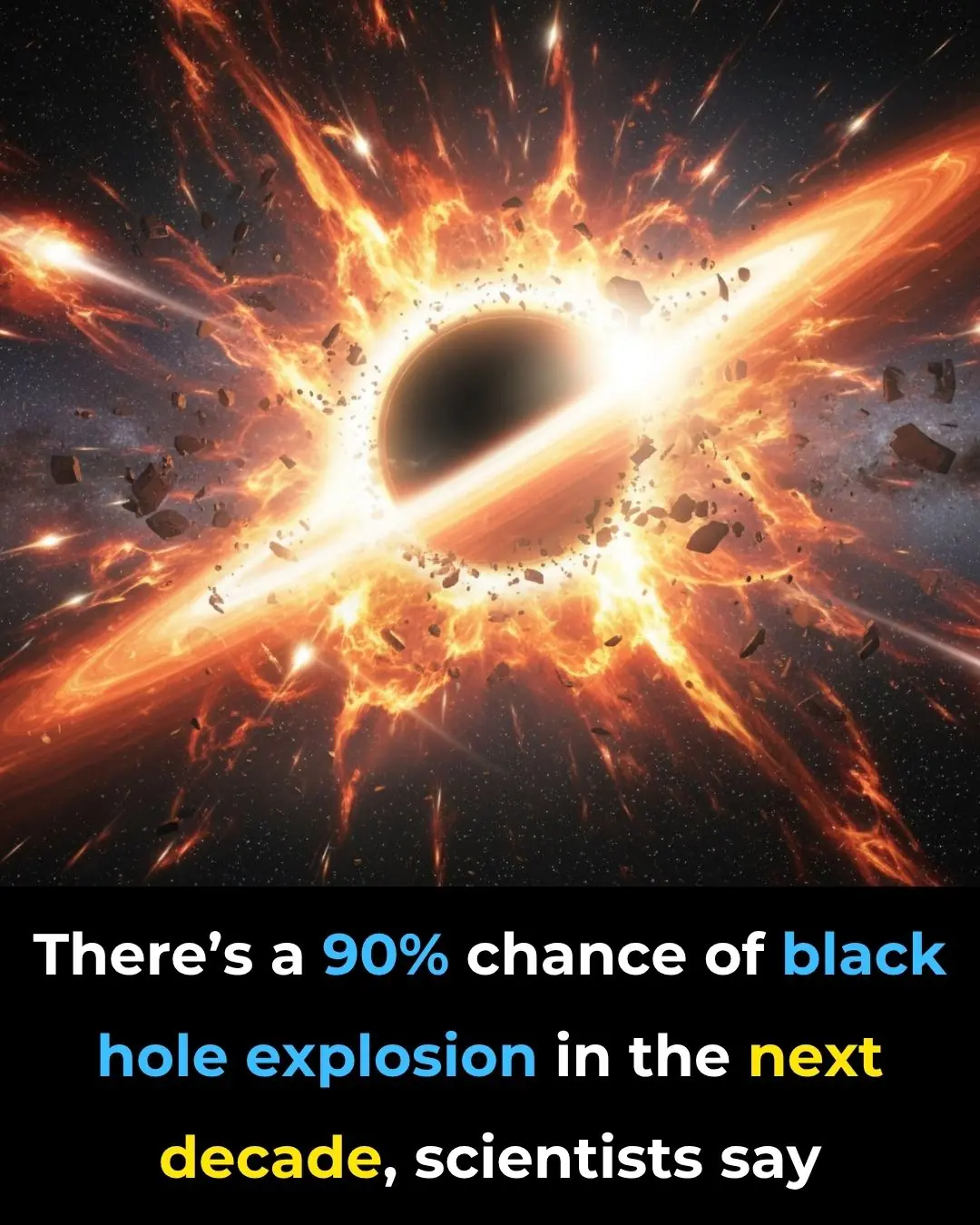
There’s A 90% Chance of Black Hole Explosion in the Next Decade, Scientists Say
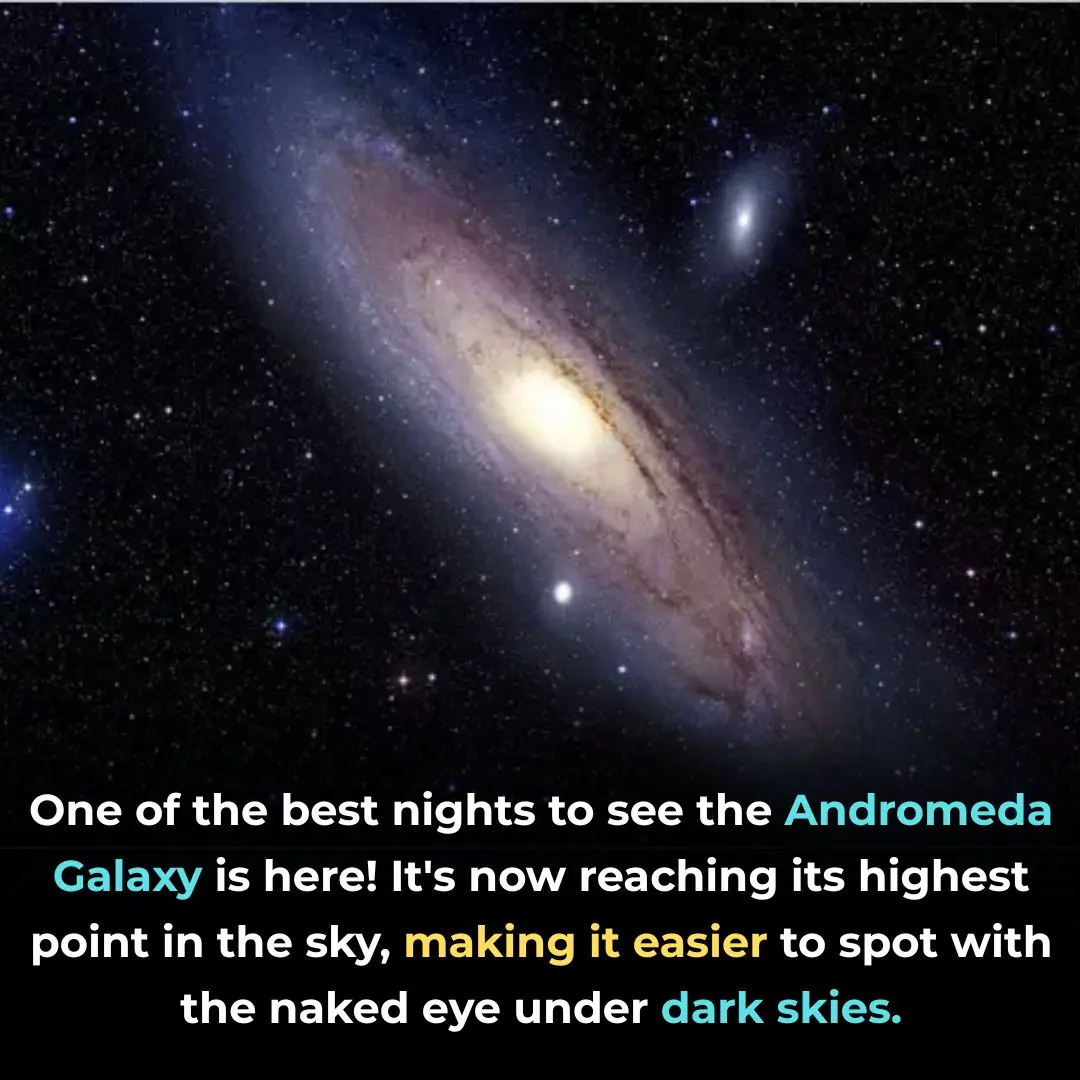
Prime views of the Andromeda Galaxy and Ceres—October 2
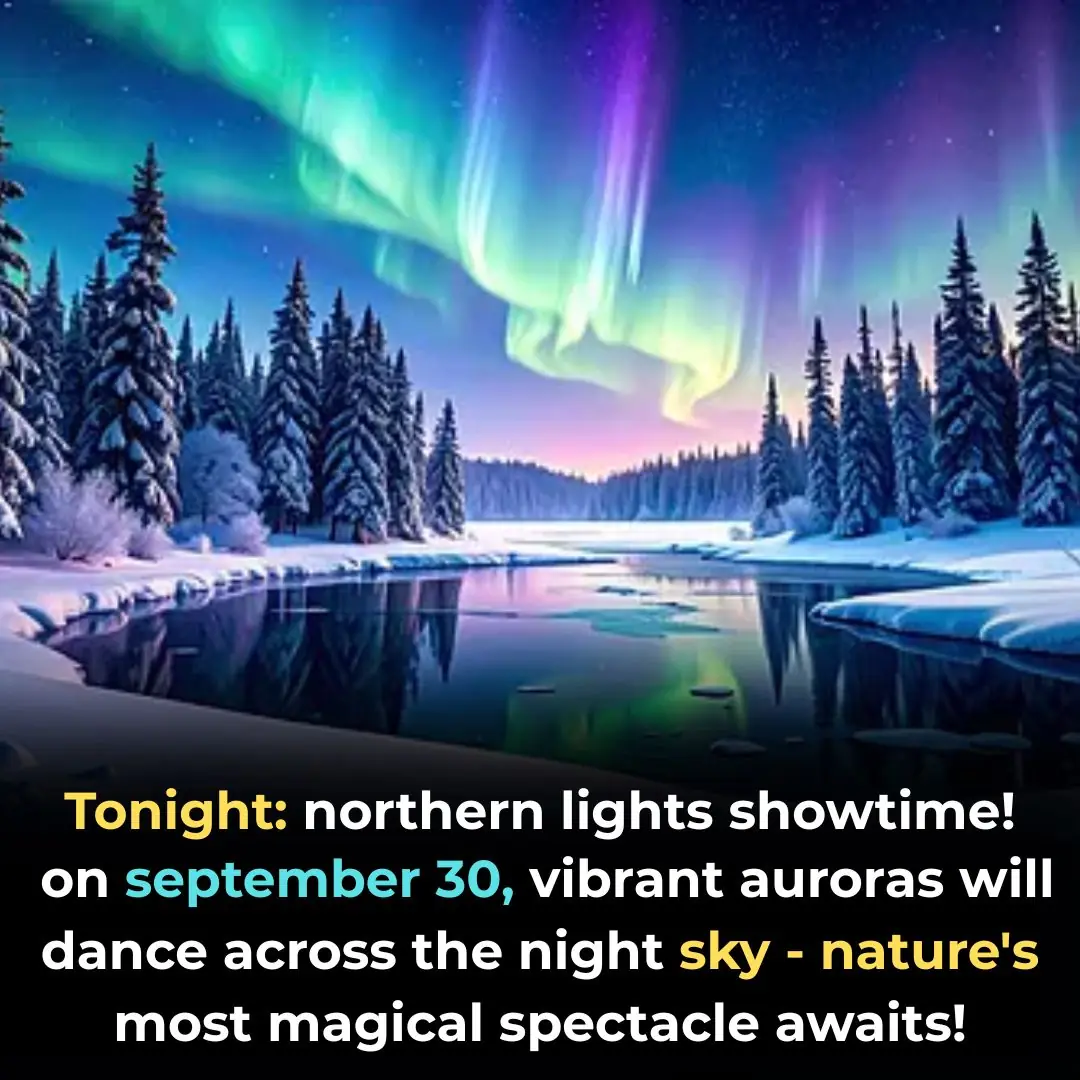
Northern Lights Could Be Seen in Northern U.S. — Sept 30 – Oct 1, 2025
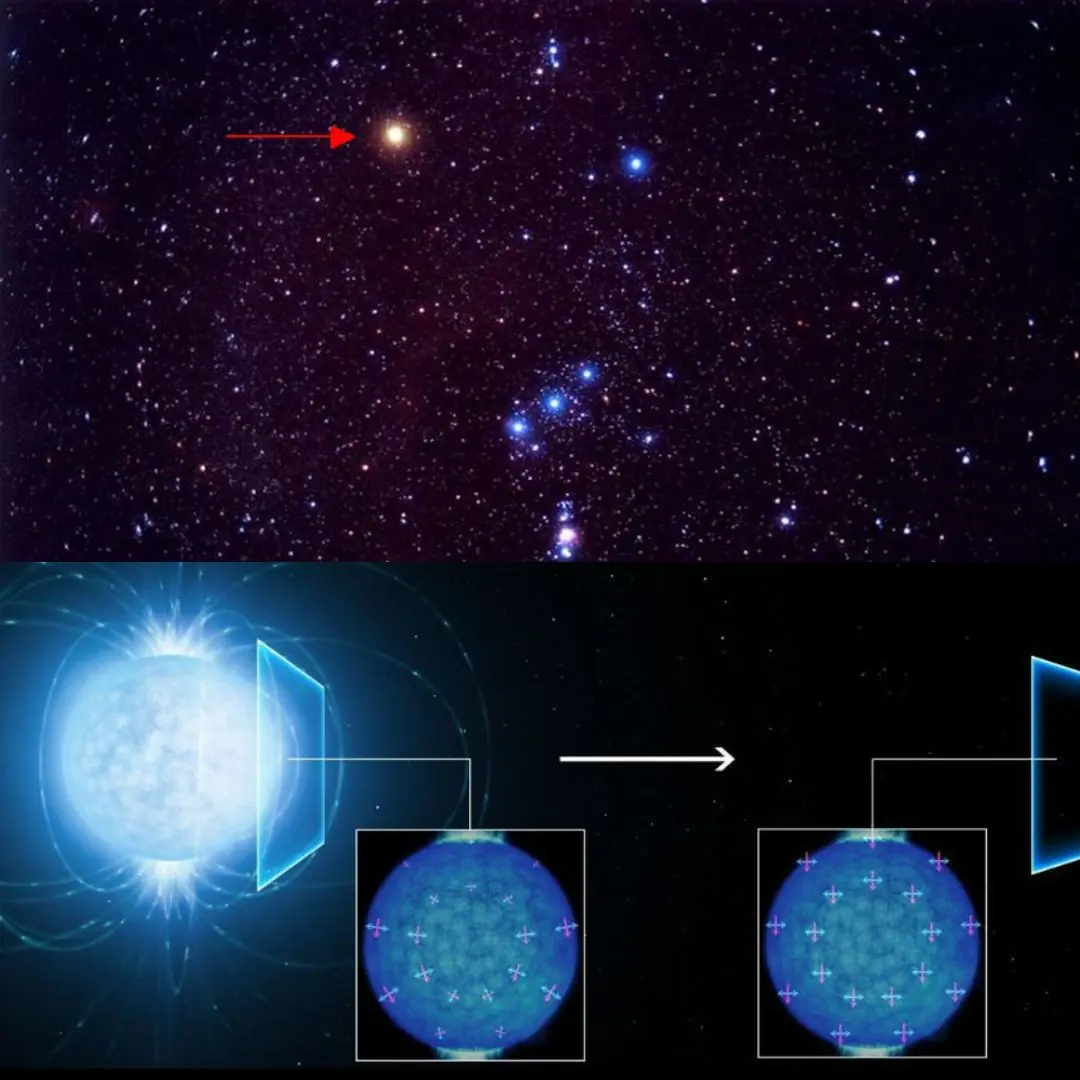
Alnitak, Alnilam, and Mintaka: Orion’s Belt Stars Thousands of Light-Years Away
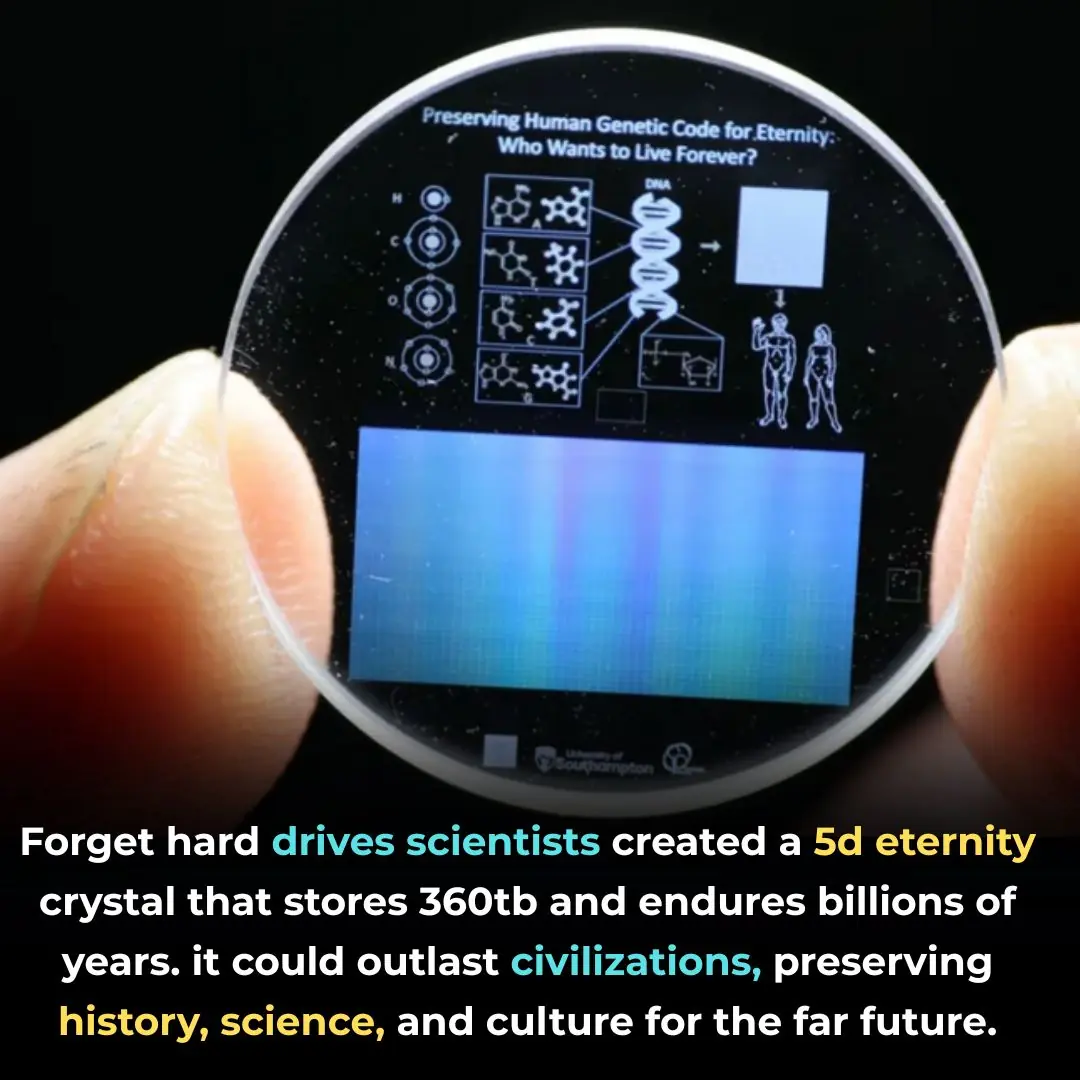
Humanity Preserved: A 5D Crystal Holds 360 TB of Our Genome to Outlast Civilization

Researchers make groundbreaking discovery about ChatGPT after testing it with 2,400 year-old math problem

Why this city has introduced a screen time limit of 2 hours per day

The Truth Behind the Bermuda Triangle May Be Scarier Than UFOs

Passenger lands in hospital after humiliating TSA spat over stubborn jewelry

A Man Knocked Down His Basement Wall, Discovering Ancient Underground City That Housed 20,000 People
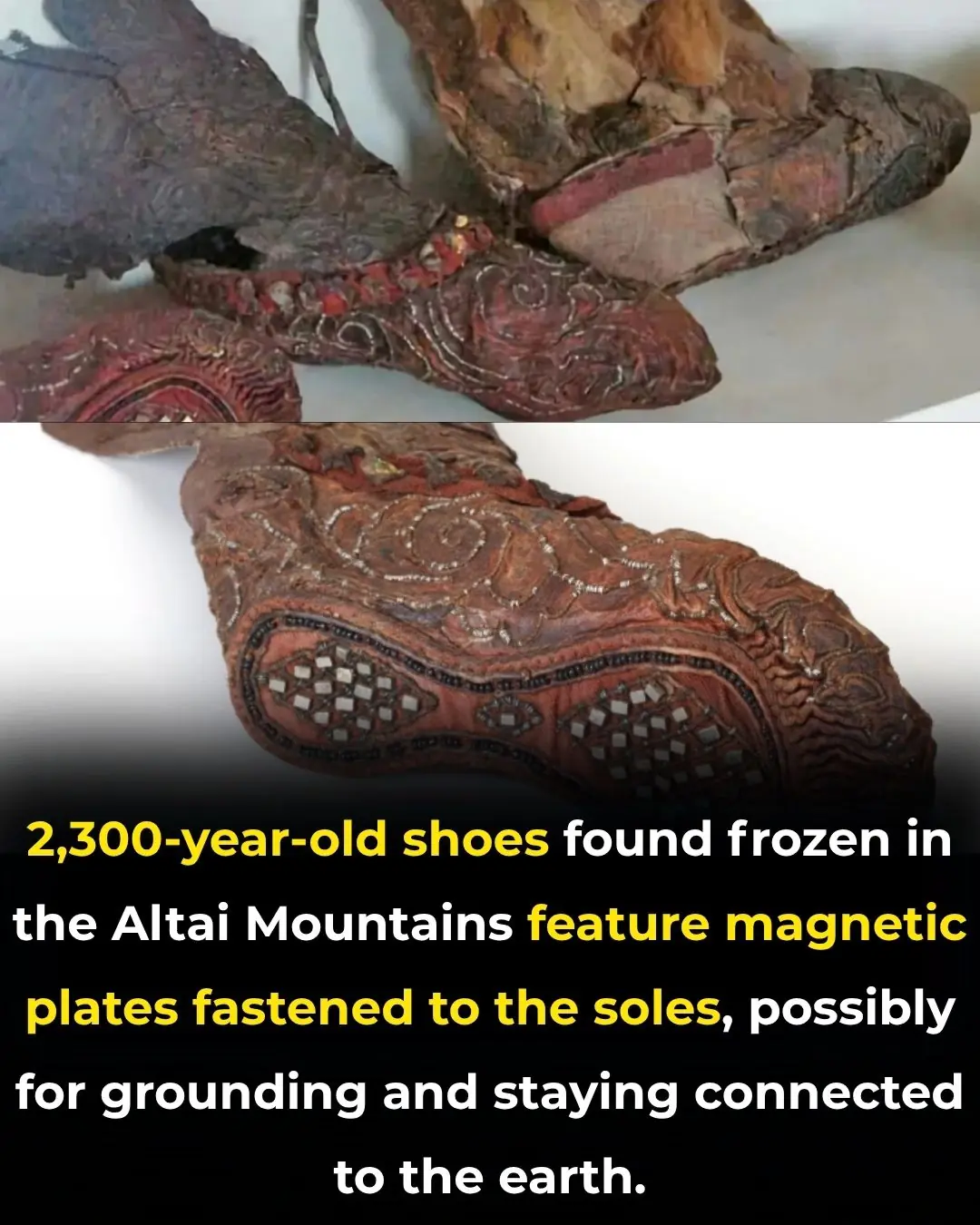
Magnificent 2300-Year-Old Scythian Woman’s Boot: A Timeless Fashion Statement
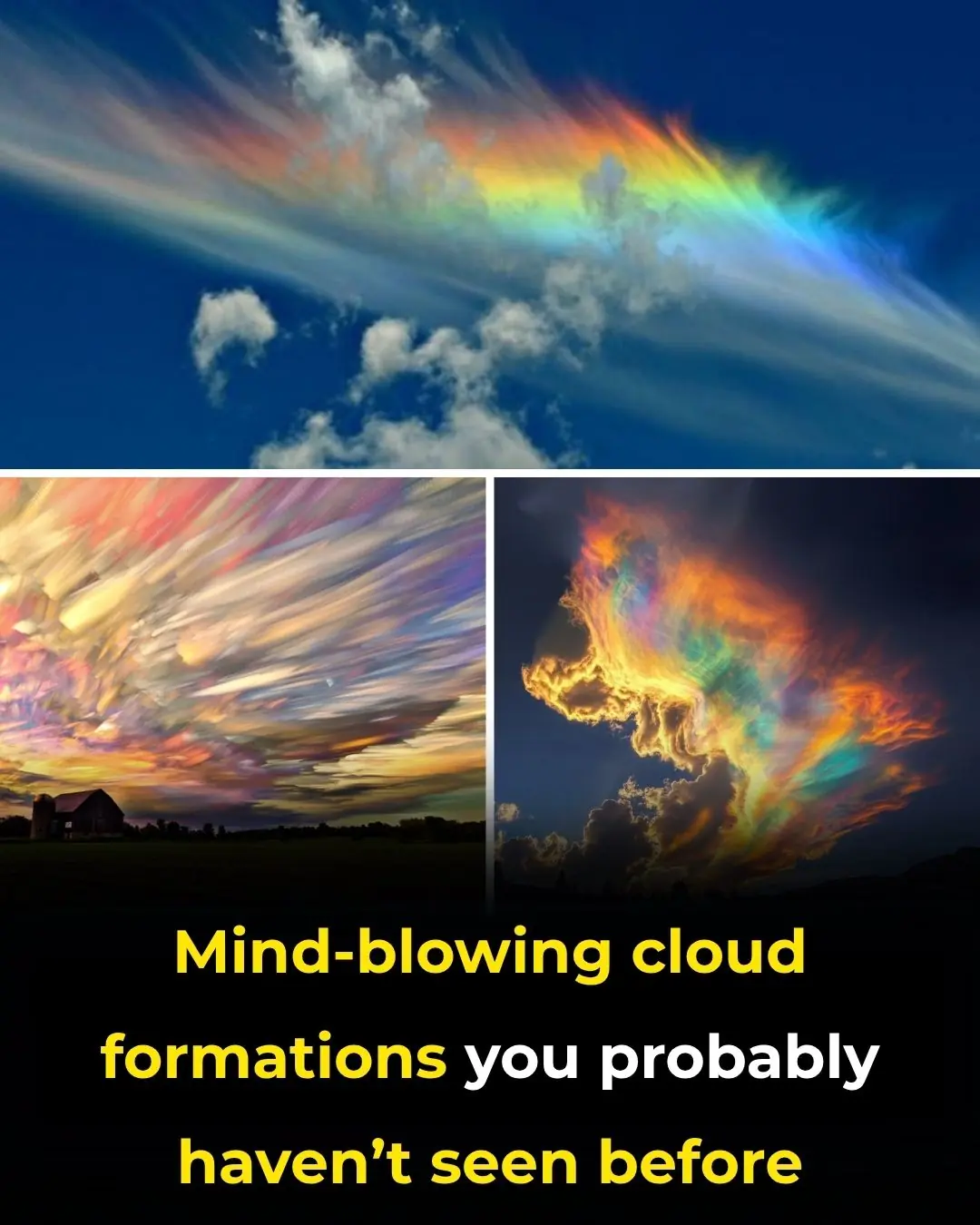
Mind-Blowing Cloud Formations You Probably Haven’t Seen Before
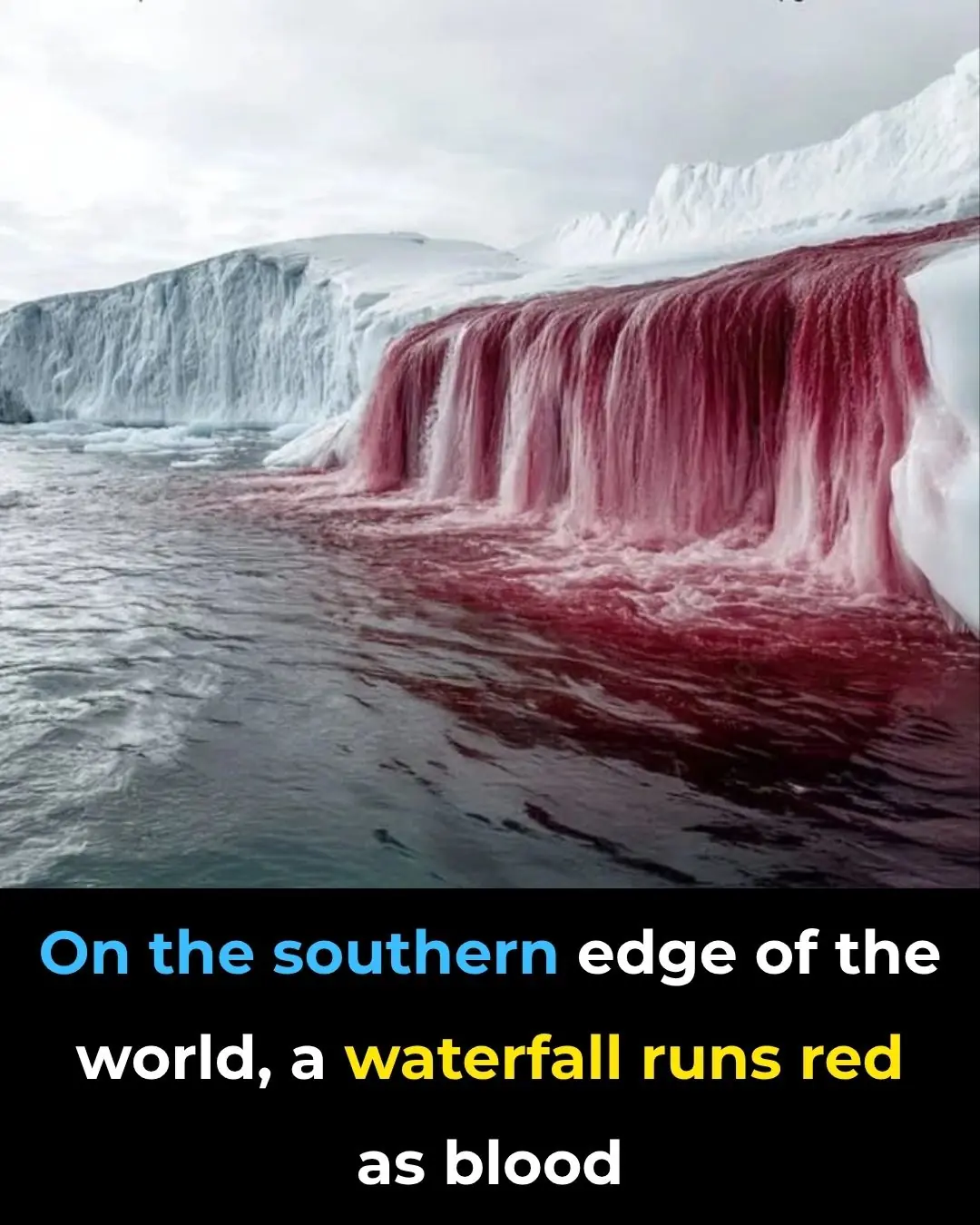
On the southern edge of the world, a waterfall runs red as blood

Rare reddish-orange snowy owl in Huron County captivates birdwatchers
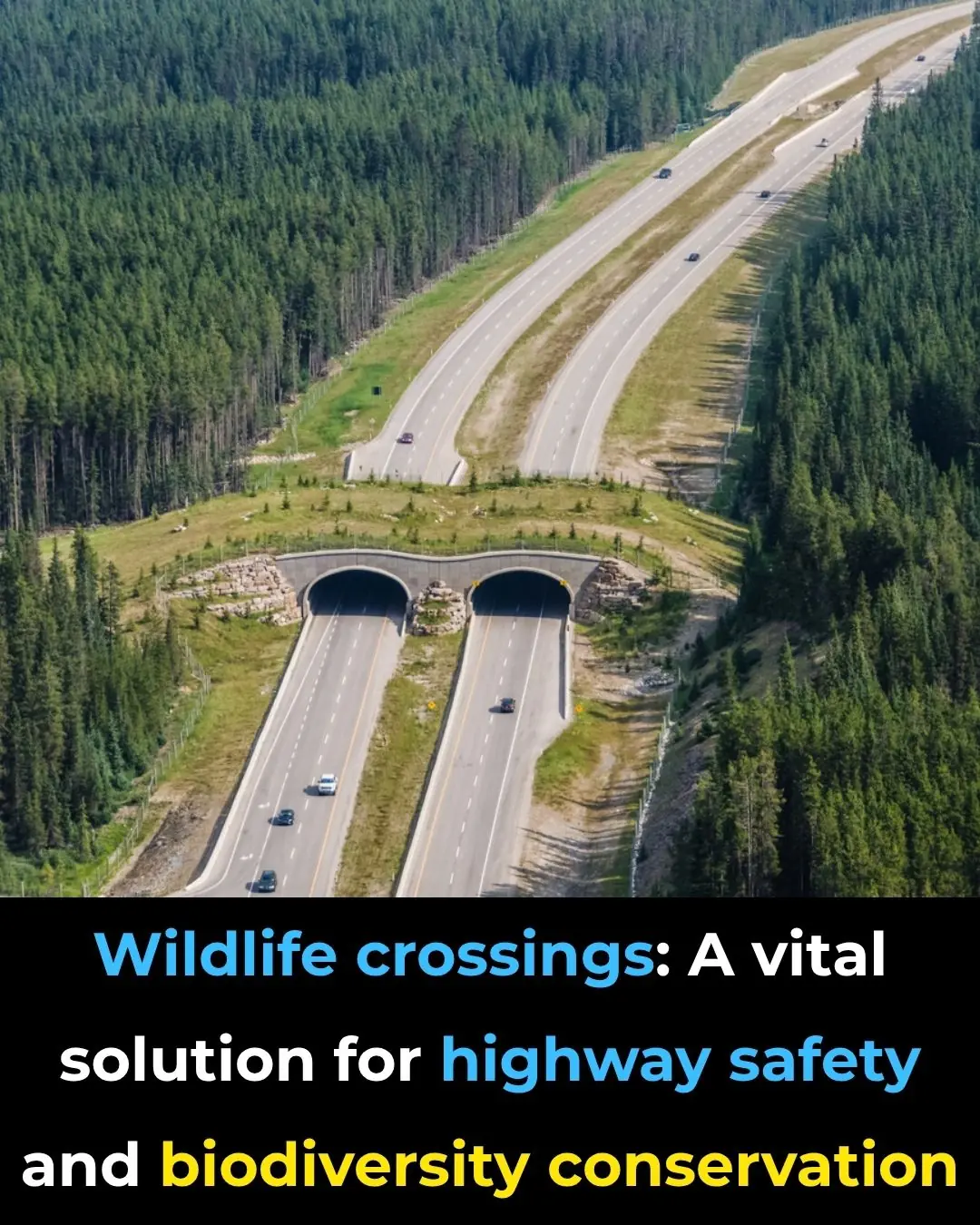
Wildlife Crossings: A Vital Solution for Highway Safety and Biodiversity Conservation
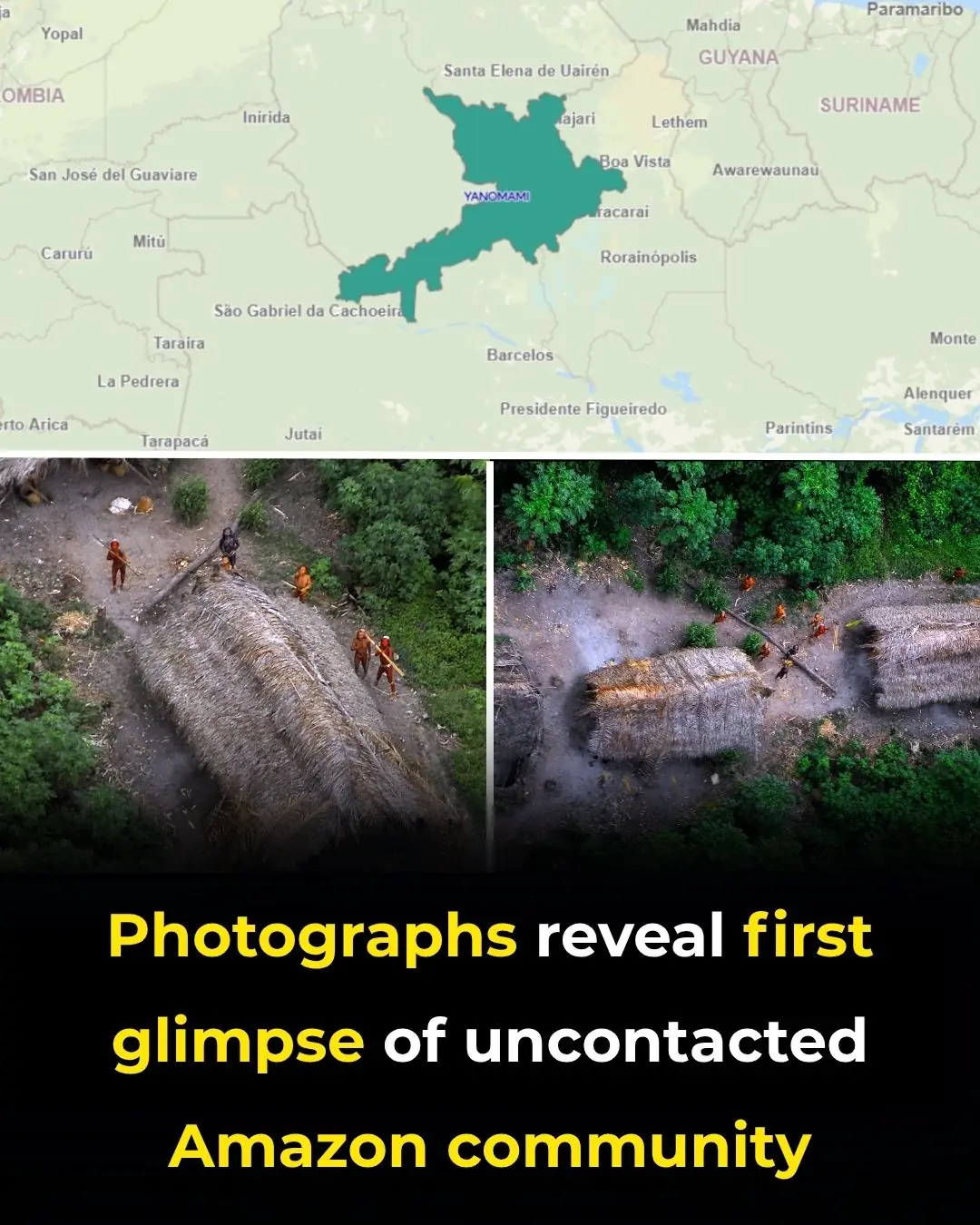
Photographs reveal first glimpse of uncontacted Amazon community

Floating Gardens on Parking Lot Roofs: Japan’s Green Revolution
News Post

Aloe Vera and Cinnamon Remedy: Natural Benefits for Eye Health, Immunity, and Healing

12 Powerful Benefits of Moringa Seeds

Goldenberries (Physalis peruviana): A Nutrient-Packed Powerhouse for Health and Vision

Oregano: The Golden Herb for Eye Health

Some of the Benefits of Castor Leaves and the Seed

10 Benefits and uses of purslane

Chanca Piedra (Stonebreaker): Benefits and Uses

Do you need to unplug the rice cooker after the rice is cooked: The surprising answer November 27, 2024

7 Benefits Of Papaya Seeds & How To Consume Them Correctly

Bougainvillea likes to 'eat' this the most, bury it at the base once and the flowers will bloom all over the branches

The elders say: "If you put these 3 things on top of the refrigerator, no matter how much wealth you have, it will all be gone." What are these 3 things?

Can rice left in a rice cooker overnight be eaten? Many people are surprised to know the answer.

After boiling the chicken, do not take it out immediately onto a plate. Do one more thing to make sure the chicken is crispy, the meat is firm, and the skin does not fall apart when cut.

Cut this fruit into small pieces and put it in the pot to boil the duck: The bad smell is gone, the meat is fragrant, soft and flavorful.

Warts on Hands: Causes and Effective Natural Treatments

Medicinal Health Benefits of Turmeric, Curcumin and Turmeric Tea Based on Science

4 ways to preserve green onions for a whole month without spoiling, fresh as new

The best way to lower blood pressure fast!
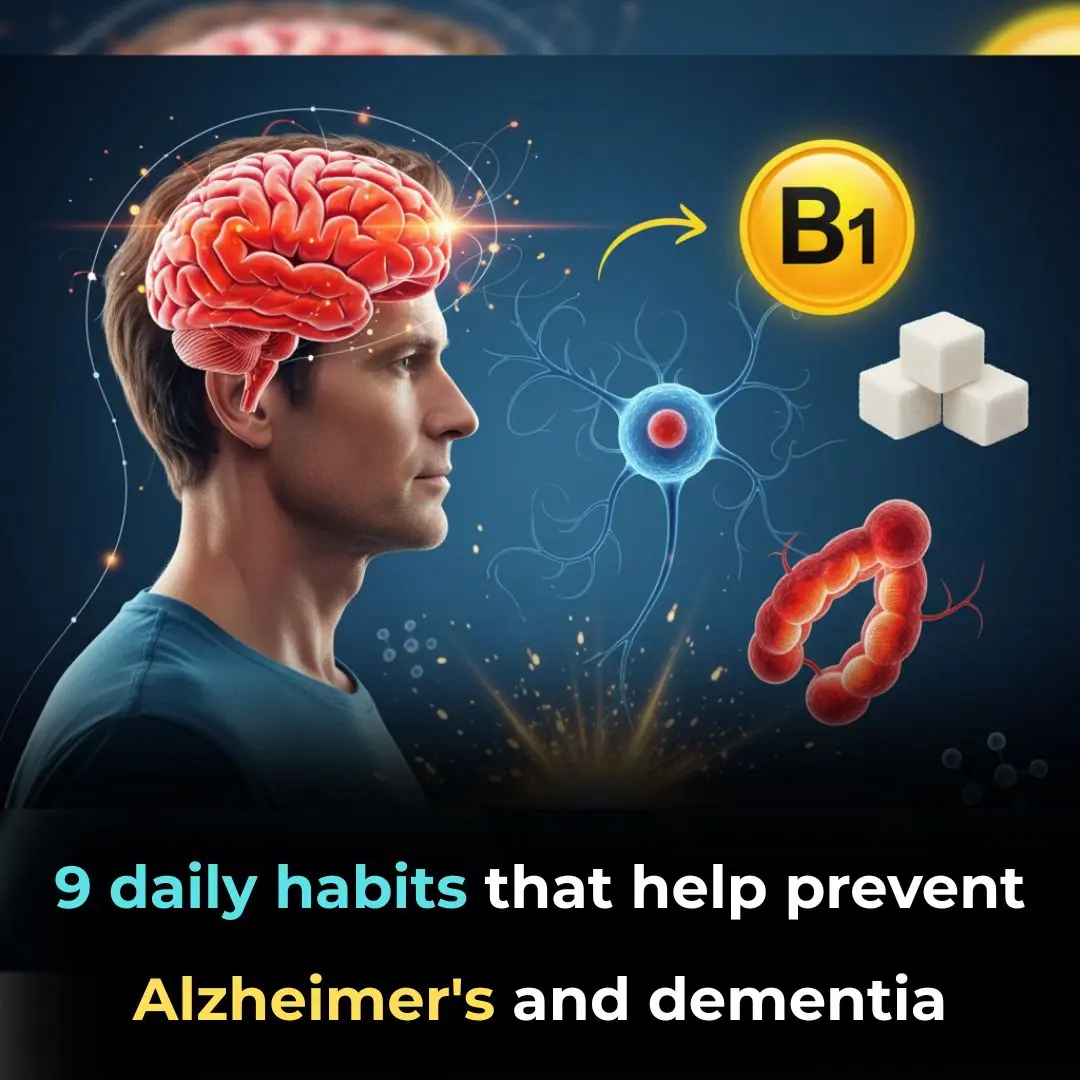
9 Habits You Need To Adopt Today To Stop Alzheimer’s or Dementia Before It Starts
